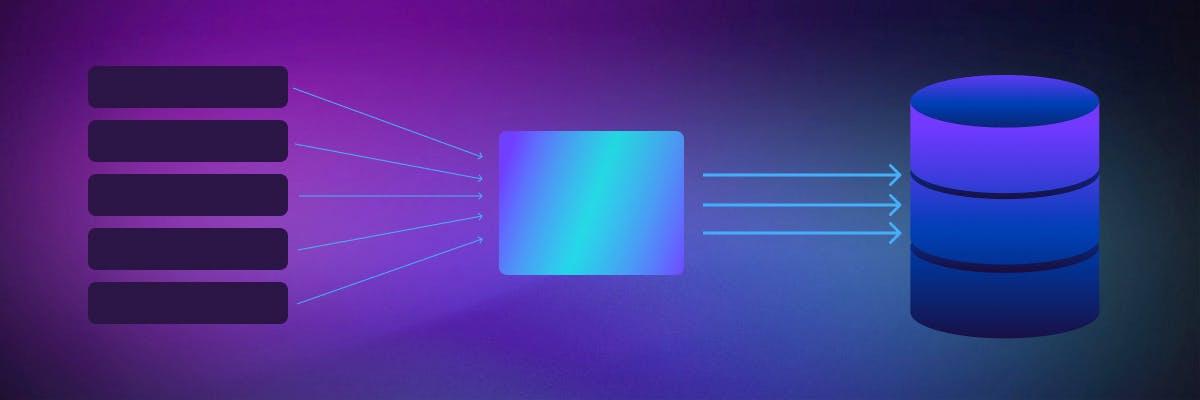
Blog
Engineering
Engineering
What are the limits of the CAP theorem?
*Note: This blog was originally published in 2017. Everything is still true today. It is being updated to include additional capabilities in CockroachDB. Namely, bounded staleness reads. The CAP theorem is a fundamental part of the theory of distributed systems. It states that in the presence of partitions (i.e. network failures), a system cannot be both consistent and available, and must choose one of the two.

Ben Darnell
May 5, 2022
Engineering
3 basic rules for choosing indexes
3 basic rules for choosing indexes There are a few basic rules to keep in mind when choosing indexes for a database. A good index should have these three properties: Usefulness: Speed up the execution of some queries (or enforce a constraint) Clustering: Keep records that are likely to be accessed together near each other Scattering: Keep records that are unlikely to be accessed together far apart

Ben Darnell
May 3, 2022
Engineering
An experiment in fuzzy matching, using SQL, with CockroachDB
A recent tweet inspired me to address the need for fuzzy matching by combining some existing capabilities of CockroachDB. Note the key features mentioned in the tweet: - similar but not equal sporting events names: a common pattern. Users tend to mis-type data in input fields, and data isn’t always correct. Nevertheless, we’d like to return the closest match. - I’d rather use this in-built feature than pay for a whole ES cluster with added maintenance overhead to boot: This is the second time I’ve heard this sentiment in the past couple of months. ES is a full-featured search engine and delivers a great experience but, for this purpose, would be overkill and would require additional time and expense to deploy and operate.

Michael Goddard
April 18, 2022
Engineering
What write skew looks like
Syndication from What Does Write Skew Look Like by Justin Jaffray This post is about gaining intuition for Write Skew, and, by extension, Snapshot Isolation. Snapshot Isolation is billed as a transaction isolation level that offers a good mix between performance and correctness, but the precise meaning of “correctness” here is often vague. In this post I want to break down and capture exactly when the thing called “write skew” can happen.
Justin Jaffray
March 31, 2022
Engineering
Stan Rosenberg: Driving quality with Test Engineering
What does a Test Engineer do? The Test Engineering team (TestEng) is a new and exciting team embedded within Engineering. We are accomplished engineers on a quest for higher quality. Collectively, we have built complex and impressive software systems at startups and big tech, written test frameworks and program analysis tools; and even applied formal verification and automated reasoning. We have done all of those things and more while obsessing about correctness and performance, yet never quite achieving nirvana.
Stan Rosenberg
March 21, 2022
Engineering
Live betting on ACID: Challenges of building a next-gen gambling app
Imagine you’re watching a baseball game. In the middle of the fifth inning, your pitcher throws a strike, and then another one. The fan sitting next to you jumps to his feet in jubilant celebration. You could be forgiven for wondering what’s going on. After all, it takes three strikes to get a batter out – why is this guy dancing like the game is already over?

Charlie Custer
December 14, 2021
Engineering
Automated alert and aggregation rule generation for CockroachDB metrics
Like all software systems, metrics are crucial for understanding the inner workings of a system and getting a pulse on how that system is functioning. Any monitoring and debugging framework is incomplete without metrics.
Rima Deodhar
December 7, 2021
Engineering
What is connection pooling, and why should you care
As a developer, you may not have spent a lot of time thinking about database connections. A single database connection is not expensive, but as things scale up, problems can emerge. So let’s (ahem) dive into the world of connection pooling, and take a look at how it can help us build more performant applications, especially when we’re operating at scale.

Charlie Custer
November 30, 2021
Engineering
How to track "blipped" Marvel characters with Node.js and CockroachDB serverless
If you remember from the Marvel Avengers movies, one of the most critical and universe-defining events is “the blip” or “the snap.” This article will show you how to build a simple web app using Node.js that shows all the Marvel characters and their “blip” status, giving us the ability to update each character’s blip state on the database by clicking a button. We use Express.js as our framework and Pug for page templates and seed the database with character data from the official Marvel API while referencing our list of blipped and non-blipped characters to add a flag to the data. And, of course, CockroachDB Serverless is our database. Finally, we deploy our app to Heroku.
Raphael Mun
October 21, 2021







